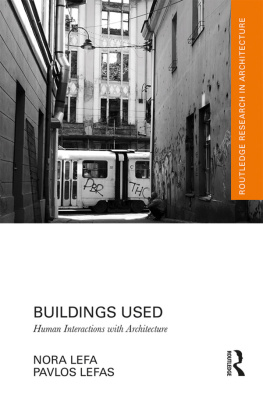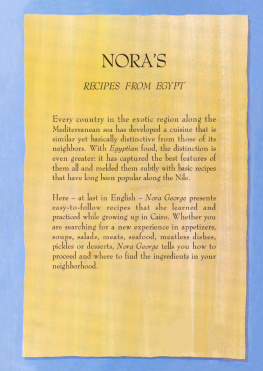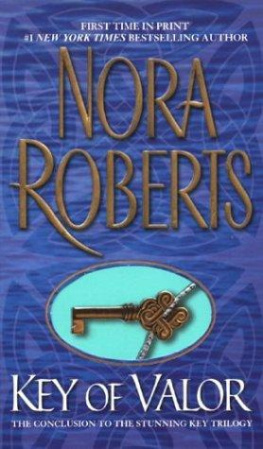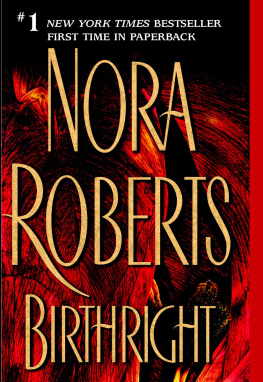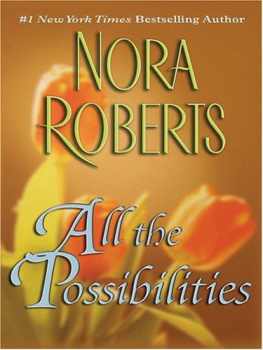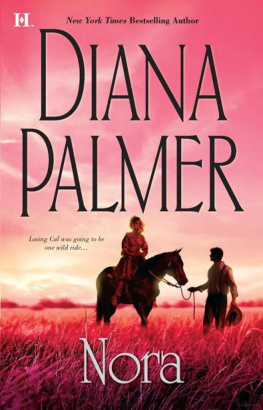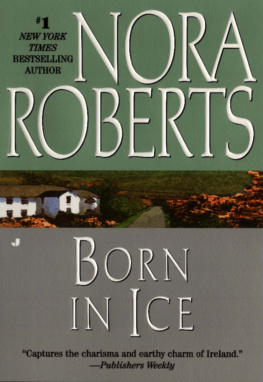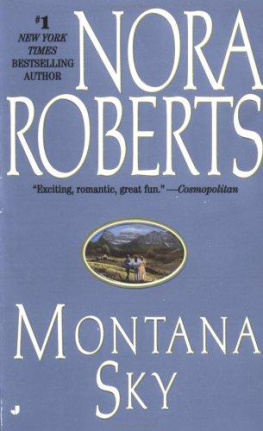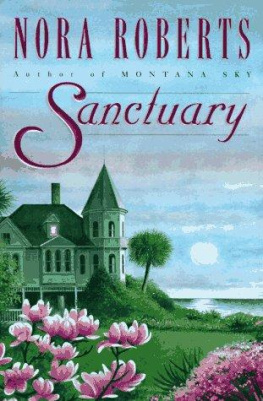Nora Lefa - Buildings Used
Here you can read online Nora Lefa - Buildings Used full text of the book (entire story) in english for free. Download pdf and epub, get meaning, cover and reviews about this ebook. year: 2020, publisher: Taylor & Francis (CAM), genre: Religion. Description of the work, (preface) as well as reviews are available. Best literature library LitArk.com created for fans of good reading and offers a wide selection of genres:
Romance novel
Science fiction
Adventure
Detective
Science
History
Home and family
Prose
Art
Politics
Computer
Non-fiction
Religion
Business
Children
Humor
Choose a favorite category and find really read worthwhile books. Enjoy immersion in the world of imagination, feel the emotions of the characters or learn something new for yourself, make an fascinating discovery.
- Book:Buildings Used
- Author:
- Publisher:Taylor & Francis (CAM)
- Genre:
- Year:2020
- Rating:4 / 5
- Favourites:Add to favourites
- Your mark:
- 80
- 1
- 2
- 3
- 4
- 5
Buildings Used: summary, description and annotation
We offer to read an annotation, description, summary or preface (depends on what the author of the book "Buildings Used" wrote himself). If you haven't found the necessary information about the book — write in the comments, we will try to find it.
Buildings Used — read online for free the complete book (whole text) full work
Below is the text of the book, divided by pages. System saving the place of the last page read, allows you to conveniently read the book "Buildings Used" online for free, without having to search again every time where you left off. Put a bookmark, and you can go to the page where you finished reading at any time.
Font size:
Interval:
Bookmark:

A historical perspective
In one of the most comprehensive reflections on the nature of buildings, Carl Lounsbury points out that these are complex material objects wherein we live, work, worship, socialize, and play. They serve basic functions but also embody the culture and express the dynamics of its social, economic, and political fortunes. Buildings also communicate their messages by their unusual forms, gigantic scale, or dramatic settings. The vast majority blend together as unconscious backdrops to daily routines. Buildings have life cycles. Most buildings have brief tenures before they are destroyed or fall into ruin. Only a very small number of them survive for long periods to give a historical dimension to the landscape (Lounsbury 2010).
The focus on the first stages of the buildings life conception, design, and realisation results from the conviction of practitioners and theorists of architecture alike that form alone is what defines a building form in its broadest sense, as shape and appearance, but also layout, and as composition of a buildings elements.
During construction, the physical elements of a building are being put in their assigned place by a more or less detailed blueprint; even if this blueprint is constantly being revised and adjusted, or just one step ahead of construction, as often is the case with so-called vernacular architecture.
However, it is not only the form of buildings that decides their identity. It is the use made of them either the one originally intended or not that helps make buildings what they really are.
One example of a building used as intended from the outset is the Templo Mayor the Huey Teocalli of Tenochtitlan, the Aztec capital located at the site of present-day Mexico City.
The temple was founded and refounded repeatedly between 1325 and 1521 when the Spaniards demolished it. In the first phase, it was constructed from earth and wood, but about 1400, it was refounded in stone, with relatively small dimensions. After the Aztec victory over Azcapotzalco in 1428, it was extended five more times with additions to the existing bulk. It was modeled after the temples of the Maya, as a stepped pyramid, and crowned with twin shrines; one was dedicated to Tlaloc, the god of rain and fertility, and the other to Huitzilopochtli, god of sun and war. The temple in its final form measured approximately 80 by 100 metres at its base, and its height possibly reached 60 metres. Two steep, parallel stairways led to the twin shrines on the top (Serrato-Combe 2001).
The temple dominated the religious and cultural center of the city, which, by the late fifteenth century had a population of more than 200,000 people. It was built on the exact spot where the gods supposedly revealed the signs that this was the Aztec Promised Land. It represented Mount Coatepec, the birthplace of Huitzilopochtli. The god killed his sister Coyolxauhqui there because she conspired against their mother; he dismembered and decapitated her body a tale reenacted repeatedly by actual people and with actual people.
Typically for Mesoamerican cultures, Aztecs were especially skillful in astronomical observations. The elite appeared to be capable of reading the supposed signs of the sky. Drawing on such readings, extremely complex and imaginative myths were constructed to justify the strict social and political hierarchy, as well as the value systems that supported it. The worldview of the Aztecs was deeply influenced, as was their art and architecture, by that of people who had flourished in the region in earlier periods. They believed that death was essential for the perpetuation of life and that people had to offer their blood constantly as a payment to the gods to maintain the world order. These beliefs may have helped keep population growth at bay so that the natural environments capacity was not exceeded, a dubious way to achieve sustainability even at times of limited family planning methods. Neither the nobility nor the priests were excluded from the blood toll, participating regularly in self-wounding and self-mutilating rituals. However, the toll was clearly heavier for ordinary citizens and much heavier for the subjects of enemy cities.
Aztecs conducted highly ritualised warfare. The purpose was not to exterminate the enemy but to capture as many prisoners as possible for sacrifice. And this they did apparently remarkably well.
During the festivals, prisoners were led one by one to the shrines at the top of the pyramid-like temple to be sacrificed. Executions followed a strict ritual. Four priests restrained the prisoner, while a fifth or the king himself made an incision from the abdomen to the diaphragm with a blade and cut out his heart, while it was still beating. He placed the trophy in a basin at the statue of the god, while the body was left to slide down the pyramids stairs to its bottom, where it was then decapitated. During the days of mass human sacrifices, as in the dedication of the temple in 1487, the blood of thousands of victims per day seems to have flown unceasingly (Keegan 1993; Clandinnen 1991).
John Keegan elaborates on one of the rituals: One in about 400 prisoners suffered a somewhat different, but even more terrifying ordeal. In the period prior to the execution, he enjoyed the rich hospitality. His captor visited him regularly and looked after him, calling him my beloved son the reply was my dear father. (Keegan 1993, 111).
On the feast day, a priest escort led the prisoner to an elevated platform, where the large execution stone was situated. He was tied with a rope and given his weapons: four throwing clubs and a warrior sword with feathers instead of a sharp flint; iron was unknown in this part of the world.
In Inge Clendinnens words:
The victim elevated above his opponents and released from the inhibition against killing, which prevailed on the battlefield, could whirl at him heavy clubs and strike at the head of his antagonists with unfamiliar freedom. The [Aztec] champions were also presented with a temptingly easy target. The victim could be disabled and brought down with one good blow to the knee or ankle, as on the battlefield. But such a blow would simultaneously abort the spectacle and end their glory, so the temptation had to be resisted. Instead, their concern under these most taxing and public circumstances was to give a display of the high art of weapon handling: in an exquisitely prolonged performance to cut the victim delicately, tenderly with those narrow blades, to lace the living skin with blood. Finally the victim exhausted by exertion and lack of blood, would falter and fall.
(Clandinnen 1991, 87)
He was finished off by the ritual opening of his chest and the tearing of his still-beating heart from its seat. His captor took no part in this lethal mutilation but watched from below the execution stone. As soon as the body was decapitated, however, so that the skull could be displayed at the temple, he drank the dead mans blood and carried the body back to his home. There he dismembered the limbs, to be distributed as sacrifice required, flayed the body of its skin, and watched while his family ate a small ritual meal of maize stew topped by a fragment of the dead warriors flesh. Later, however, the captor changed his garb again. He took to wearing the flayed skin of the dead man and lending it out to those who begged the privilege, until it and its scarps of attached flesh rotted into deliquescence.
(Keegan 1993, 112)
Each king who at his ascension to the throne was recognised by his subjects as our Lord, our executioner, our enemy (Keegan 1993, 110) vowed to make the sacrifices even more spectacular. Probably exaggerating his feat, King Ahuizotl boasted to have sacrificed 80,400 prisoners within a few days, during the sixth dedication of the temple in 1487.
Font size:
Interval:
Bookmark:
Similar books «Buildings Used»
Look at similar books to Buildings Used. We have selected literature similar in name and meaning in the hope of providing readers with more options to find new, interesting, not yet read works.
Discussion, reviews of the book Buildings Used and just readers' own opinions. Leave your comments, write what you think about the work, its meaning or the main characters. Specify what exactly you liked and what you didn't like, and why you think so.

